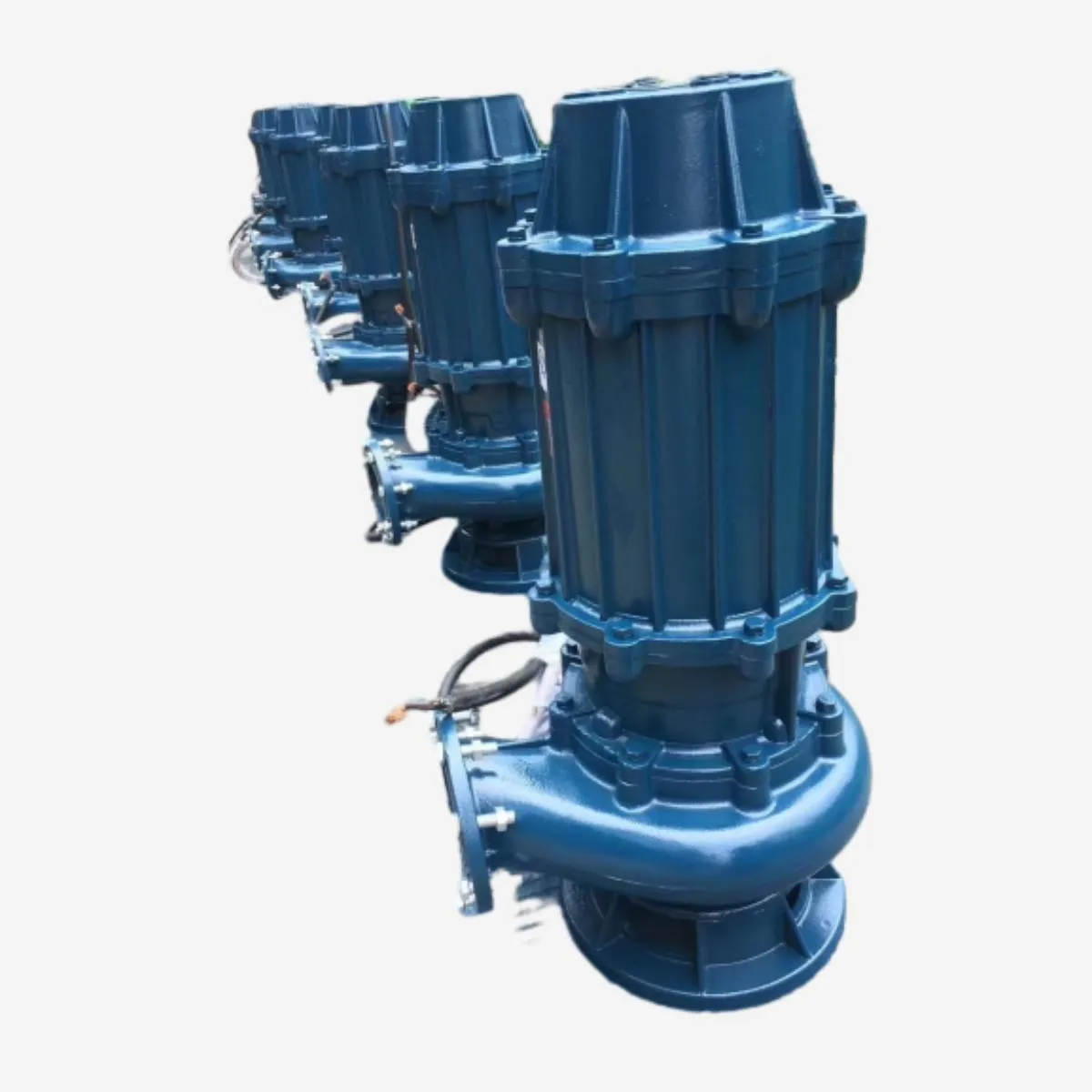English
- Afrikaans
- Albanian
- Amharic
- Arabic
- Armenian
- Azerbaijani
- Basque
- Belarusian
- Bengali
- Bosnian
- Bulgarian
- Catalan
- Cebuano
- Corsican
- Croatian
- Czech
- Danish
- Dutch
- English
- Esperanto
- Estonian
- Finnish
- French
- Frisian
- Galician
- Georgian
- German
- Greek
- Gujarati
- Haitian Creole
- hausa
- hawaiian
- Hebrew
- Hindi
- Miao
- Hungarian
- Icelandic
- igbo
- Indonesian
- irish
- Italian
- Japanese
- Javanese
- Kannada
- kazakh
- Khmer
- Rwandese
- Korean
- Kurdish
- Kyrgyz
- Lao
- Latin
- Latvian
- Lithuanian
- Luxembourgish
- Macedonian
- Malgashi
- Malay
- Malayalam
- Maltese
- Maori
- Marathi
- Mongolian
- Myanmar
- Nepali
- Norwegian
- Norwegian
- Occitan
- Pashto
- Persian
- Polish
- Portuguese
- Punjabi
- Romanian
- Russian
- Samoan
- Scottish Gaelic
- Serbian
- Sesotho
- Shona
- Sindhi
- Sinhala
- Slovak
- Slovenian
- Somali
- Spanish
- Sundanese
- Swahili
- Swedish
- Tagalog
- Tajik
- Tamil
- Tatar
- Telugu
- Thai
- Turkish
- Turkmen
- Ukrainian
- Urdu
- Uighur
- Uzbek
- Vietnamese
- Welsh
- Bantu
- Yiddish
- Yoruba
- Zulu
Telephone: +86 13120555503
Email: frank@cypump.com
Nov . 08, 2024 11:32 Back to list
Sewage Pump Systems for Efficient Wastewater Management and Treatment Solutions
Understanding Sewage Tank Pumps Essential Components for Effective Waste Management
Sewage tank pumps, also known as sewage pumps or effluent pumps, play a crucial role in the management of wastewater. They are particularly vital for homes and facilities not connected to a public sewer system, as well as in various industrial and agricultural applications. This article will explore the importance of sewage tank pumps, how they operate, their types, installation processes, maintenance requirements, and environmental considerations.
What Is a Sewage Tank Pump?
A sewage tank pump is a type of submersible pump specifically designed to handle sewage and wastewater. Unlike standard water pumps, sewage pumps can manage solids, which can include human waste, food scraps, and other debris. This capability makes them essential for transferring sewage from a home's basement or a treatment facility to a sewer line or a septic system.
How Do Sewage Tank Pumps Work?
Sewage pumps operate by using a motor to drive an impeller that creates a vacuum, moving wastewater through discharge pipes. When the sewage tank fills to a specific level, a float switch activates the pump, allowing it to work until the water level drops to a predetermined point. This automatic operation helps manage waste effectively without the need for constant human intervention.
Types of Sewage Pumps
There are several types of sewage pumps, each suited for specific applications
1. Submersible Sewage Pumps These pumps are designed to be submerged in wastewater. They are often used in residential applications, where they are placed within a sewage basin.
2. Effluent Pumps Generally used for less solid-laden wastewater, effluent pumps are not designed to handle large solid particles but are effective for transporting liquid waste to a drain field or treatment facility.
3. Grinder Pumps These pumps come equipped with a grinding mechanism that reduces waste solids into smaller particles. This feature allows for the efficient transport of sewage over longer distances or elevations.
sewage tank pump

4. Lift Station Pumps Commonly found in municipal settings, these pumps are part of lift stations that collect wastewater and pump it to higher elevations for treatment or disposal.
Installation of Sewage Pumps
Installing a sewage pump requires planning and knowledge of plumbing systems. A qualified plumber should handle installation to ensure that the pump is correctly connected to the sewage system and all necessary components are installed. Key steps in the installation process include
- Selecting the Right Location The pump should be placed in a sump pit or basin, with adequate space around it for maintenance. - Connecting to Power Supply Sewage pumps typically require a dedicated electrical circuit to handle the load of the sump pump motor. - Connecting Pipes Proper connections must be made to ensure that the pump can efficiently move sewage to the desired discharge point.
Maintenance of Sewage Pumps
Regular maintenance of sewage tank pumps is essential to ensure longevity and efficiency. Homeowners should follow these guidelines
- Periodic Inspections Routine checks will help identify any debris buildup or malfunctions. - Cleaning Remove any accumulated debris or grease that may impede pump function. - Testing Run the pump periodically to ensure it activates and deactivates as expected.
Environmental Considerations
Sewage tank pumps are vital in protecting the environment by ensuring that wastewater is effectively managed. Properly functioning pumps prevent sewage overflows, which can lead to contamination of water sources and harm local ecosystems. For this reason, homeowners and businesses must ensure their sewage systems are up to code and functioning efficiently.
Conclusion
Sewage tank pumps are an indispensable component of waste management systems. They ensure that wastewater is effectively transported and treated, safeguarding public health and the environment. Understanding their function, installation, maintenance, and environmental impact enables homeowners and businesses to make informed decisions about their sewage management needs. By investing in quality pumps and performing regular maintenance, you can help ensure a reliable and efficient wastewater management system that benefits both your property and the surrounding community.
-
ISG Series Vertical Pipeline Pump - Chi Yuan Pumps Co., LTD.|High Efficiency, Energy Saving, Low Noise
NewsJul.30,2025
-
ISG Series Vertical Pipeline Pump- Chi Yuan Pumps|High Efficiency&Low Noise
NewsJul.30,2025
-
ISG Series Vertical Pipeline Pump-Chi Yuan Pumps Co., LTD.|High Efficiency&Energy Conservation
NewsJul.30,2025
-
ISG Series Vertical Pipeline Pump - Chi Yuan Pumps Co., LTD.|Advanced Hydraulic Design&Energy-Efficient Solutions
NewsJul.30,2025
-
ISG Series Vertical Pipeline Pump - Chi Yuan Pumps Co., LTD.
NewsJul.30,2025
-
ISG Series Vertical Pipeline Pump - Chi Yuan Pumps Co., LTD.|energy-efficient fluid handling&industrial durability
NewsJul.30,2025










